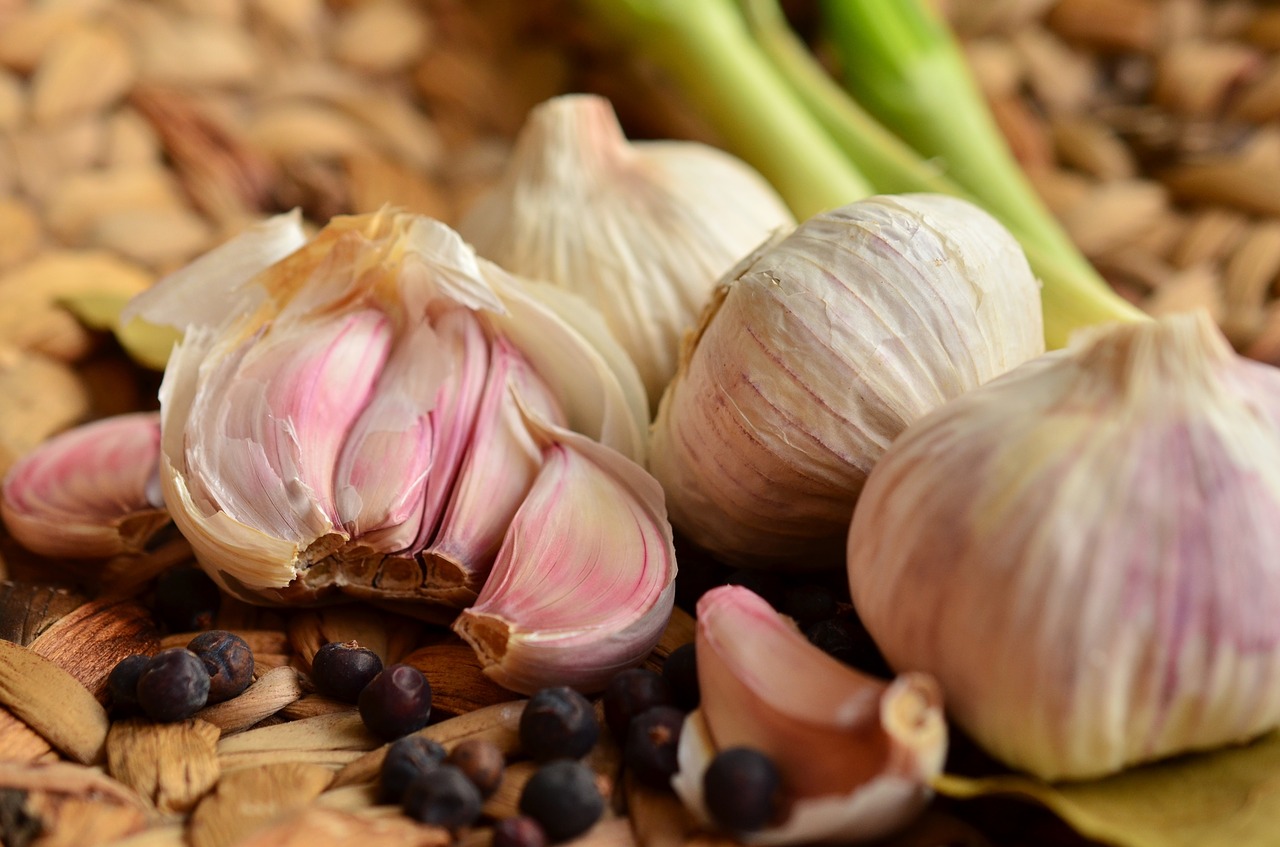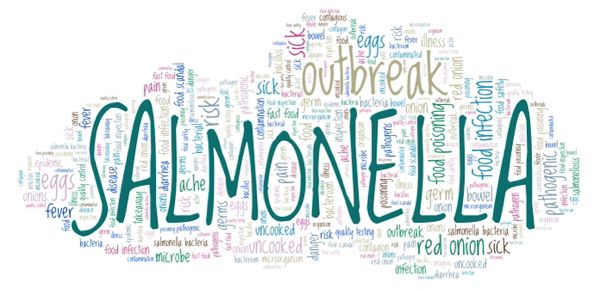
Honey bee population decline spells trouble for US agriculture
To put matters into perspective, the 2020-2021 season saw an estimated 51% decline in honey bee colonies, and the 2021-2022 season saw a 39% drop. As the die-off trend continues, there will be ongoing consequences for agriculture and biodiversity, for honey bees pollinate over 100 different crop types and numerous wild herbs. "Although the total number of honey bee colonies in the country has remained relatively stable over the last 20 years (~2.6 million colonies according to the USDA NASS Honey Reports), loss rates remain high, indicating that beekeepers are under substantial pressure to recover from losses by creating new colonies every year," the report authors wrote.
Shortcuts taken in the honey bee industry and in agriculture weaken the bees’ immune systems
The Western honey bee (Apis mellifera L. Hymenoptera: Apidae) is critical to biodiversity and human survival. Loss of honey bee populations impacts the economy, agriculture, and the health of the environment. In the last ten years, some regions of the world have suffered from a significant reduction of honey bee colonies. The honey bee decline in the USA, in many European countries, and in the Middle East has received considerable attention, mostly due to the absence of an easily identifiable cause. One of the problems stems from the shortcuts taken by the beekeeping industry itself. Bee keepers use corn syrup and other honey substitutes as bee feed; this shortcut contributes to colony collapse by depriving the insects of compounds that strengthen their immune systems. Bees naturally consume their own honey, which contains compounds like p-coumaric acid. This compound helps strengthen a bee’s immune system, helping them ward off the diseases that threaten the colonies. Due to the way the industry works, bee keepers often take shortcuts to maximize their output of honey into the global market. Commercial beekeepers typically harvest and sell all of the honey produced by the bees. The bees are then given food substitutes like sugar or high-fructose corn syrup, but these products slowly weaken the colonies. A study published in the Proceedings of the National Academy of Sciences finds that “widespread agricultural use of honey substitutes, including high-fructose corn syrup, may thus compromise the ability of honey bees to cope with pesticides and pathogens and contribute to colony losses.” To make matters worse, honeybees make contact with many pesticides and herbicides in their daily routine. These pesticides (such as Imidaloprid) harm the honey bees’ immune systems, exhausting their energy, while encouraging the colonization of mites and new viruses that have more resistant traits. For instance, the ectoparasitic mite, Varroa destructor, has been rapidly infesting Apis mellifera and Apis cerana honey bee populations as of late. According to the Bee Informed Partnership, the most prominent cause of colony death reported by beekeepers over the winter of 2022-23 was “varroa” and its associated viruses. These parasitic mites introduce new viruses with more resilient traits. Varroa destructor made a host shift to the Western honeybee A. mellifera at the beginning of the 20th century and it continues to grow stronger across Europe, the US, Asia, New Zealand, Africa, and the Middle East. These viruses are more likely to take out honey bee pupa because the pupa is undernourished and exposed to chemical toxins that weaken their immune responses. Sources include: BeeInformed.com CommonDreams.org Pubmed.gov Pubmed.gov Pubmed.gov6 Tips to keep bugs away when you’re outdoors
By Zoey Sky // Share
A self-sufficient legacy: 12 Useful prepping skills to teach the next generation
By Zoey Sky // Share
Globalists call for an end to private ownership of all cars and trucks
By JD Heyes // Share
GREEDFLATION: Walmart prepares to increase prices despite reporting 7.33% profit growth
By Arsenio Toledo // Share
CONFIRMED: State and local governments are passing laws and ordinances that ban gas stoves
By Arsenio Toledo // Share
Ancient civilizations to modern science agree: Garlic is a powerhouse for health
By willowt // Share
Chokepoints of Power: The silent war for global domination in the waterways
By bellecarter // Share
Why HEART SUPPORT belongs in your New Year plan: Health Ranger Store’s event is live
By hrseditor // Share
Various food products RECALLED over salmonella contamination, exposing food safety failures
By oliviacook // Share
Study: Healthy lifestyle can override "bad" genes, extending lifespan by up to 5 years
By dominguez // Share











